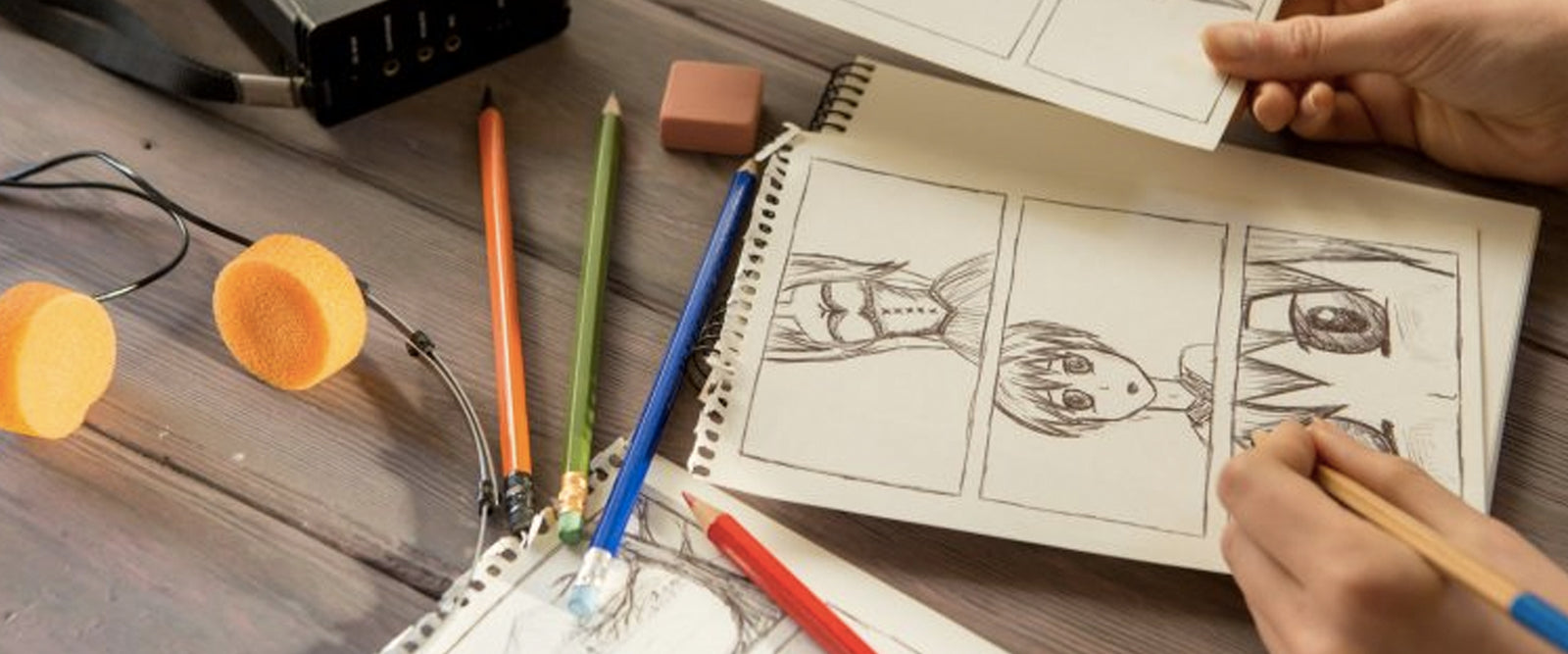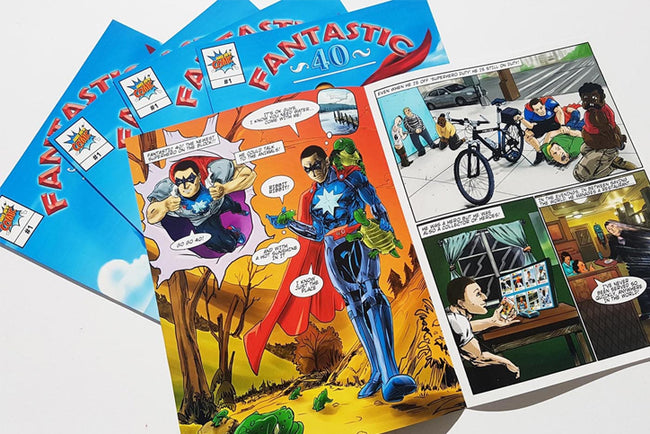
How To Make Your Own Comic Book
Creating your own comic book can be an exciting and rewarding project. Here's a step-by-step guide to help you get started:
Define Your Concept
Decide on the genre, theme, and tone of your comic book. Whether it's superhero, fantasy, sci-fi, or slice-of-life, having a clear concept will guide your storytelling. I suggest going with a genre you are passionate about or familiar with, writing about something which interests you is much easier.
Develop Characters
Create memorable and relatable characters. Consider their backgrounds, personalities, and motivations. Strong characters are crucial for engaging readers. Check out other successful comic book characters and take inspiration. Who is popular and why? How can you ensure that your characters are just as good?
Outline the Plot
Plan the overall storyline. Outline the major events, conflicts, and resolution. A clear beginning, middle, and end will help maintain a cohesive narrative.
Write the Comic Script
Write a script for your comic book story. Describe the actions, dialogues, and settings for each comic page and comic panel. Be clear and concise, as this script will guide the artist in visualizing your story. Again check out very popular comic stories and take inspiration, why are they so popular?
Create Thumbnails
Sketch small, rough thumbnails of each comic page to visualize the layout and composition. This step helps you refine the flow and make adjustments before creating final illustrations.
This is an important stage, we do this with all the custom comic strips and custom comic books that we create.
Design the Layout
Determine the layout of each comic page, creating a storyboard. Decide on the number of comic panels, their arrangement, and the pacing of the story. Consider how the visuals will guide the reader through the narrative. This is also an important stage as you want to make sure you can fit in all in the space you have.
Illustrate the Comic
Start illustrating your comic based on the script and thumbnails. Pay attention to details, perspectives, and the overall visual appeal. Consider the use of colors, shading, and other artistic elements.
Add Dialogue and Captions
Incorporate the scripted dialogue into speech bubbles and captions. Ensure that the text complements the visuals and is easy to follow. Use different fonts for different characters if necessary.
Review and get feedback
Review your comic for coherence, consistency, and pacing. Check for errors in spelling or grammar. Consider seeking feedback from others to gain different perspectives. Share with family and friends and get feedback and make edits until you are 100% happy with it.
Remember that creating a comic is a creative process, so don't be afraid to experiment with different styles and storytelling techniques. Enjoy the journey of bringing your ideas to life on the pages of your own comic book.
















